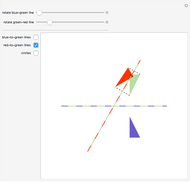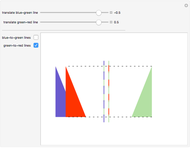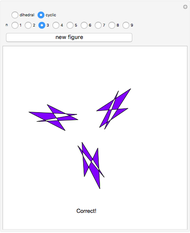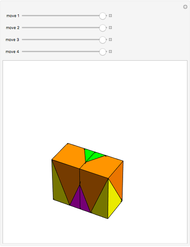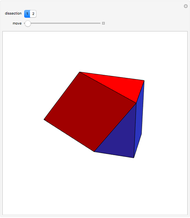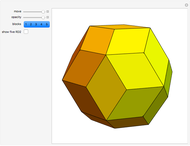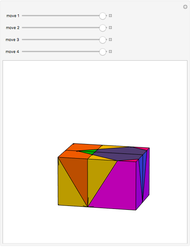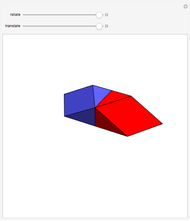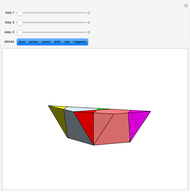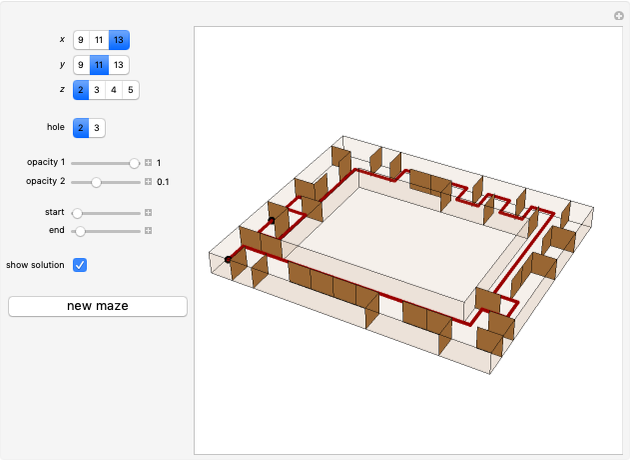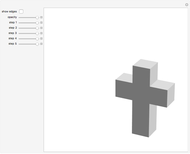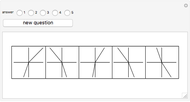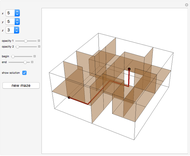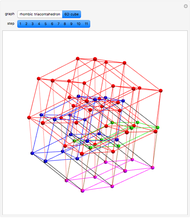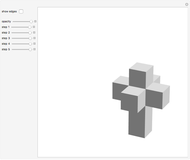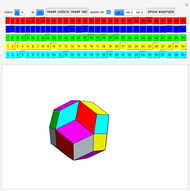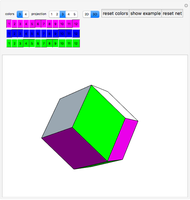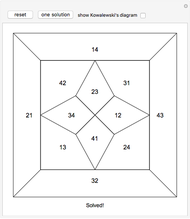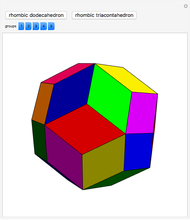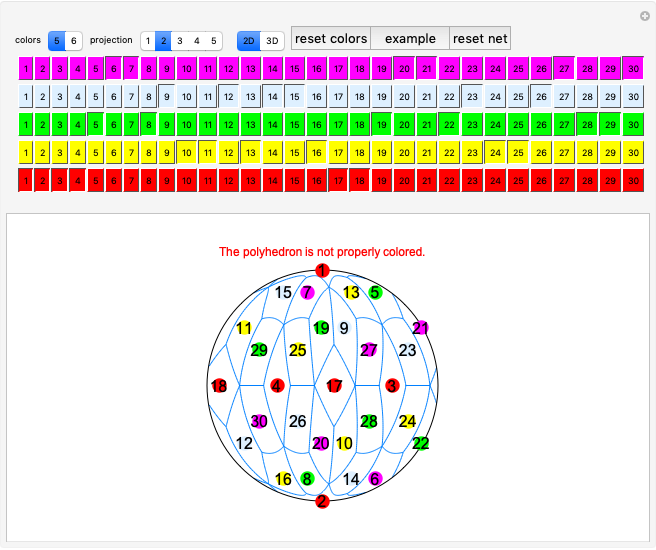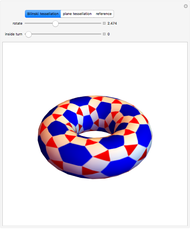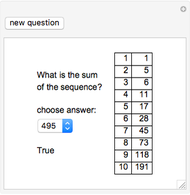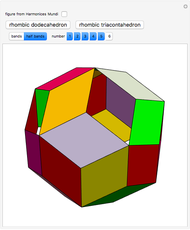Constructions by Reflecting in a Line

Requires a Wolfram Notebook System
Interact on desktop, mobile and cloud with the free Wolfram Player or other Wolfram Language products.
Drag a point from a corner of the square to produce a line. You can draw four lines, colored red, blue, green and magenta. You can save lines. You can drag the four points  ,
,  ,
,  and
and  , which are reflected across all lines. You can also save mapped points. Use Alt+Click (Cmd+Click) to add points in the square.
, which are reflected across all lines. You can also save mapped points. Use Alt+Click (Cmd+Click) to add points in the square.
Contributed by: Izidor Hafner (April 2019)
Open content licensed under CC BY-NC-SA
Details
Huzita's axioms [1, pp. 285–286]:
A1. Given two points, you can fold a crease line through them.
A2. Given two points, you can fold a crease along their perpendicular bisector, folding one point on top of the other.
A3. Given two lines, you can fold their bisector crease, folding one line on top of the other.
A4. Given two points and a line, you can fold a crease through one point perpendicular to the line, folding the line onto itself.
A5. Given two points and a line, you can fold a crease through one point that maps the other point onto the line.
A6. Given two points and two lines, you can fold a crease that simultaneously maps one point to one line and the other point to the other line.
Hatori's axiom:
A7. Given one point and two lines, you can fold a crease perpendicular to one line so that the point maps to the other line.
Reference
[1] E. D. Demaine and J. O'Rourke, Geometric Folding Algorithms: Linkages, Origami, Polyhedra, New York: Cambridge University Press, 2007.
Snapshots
Permanent Citation






